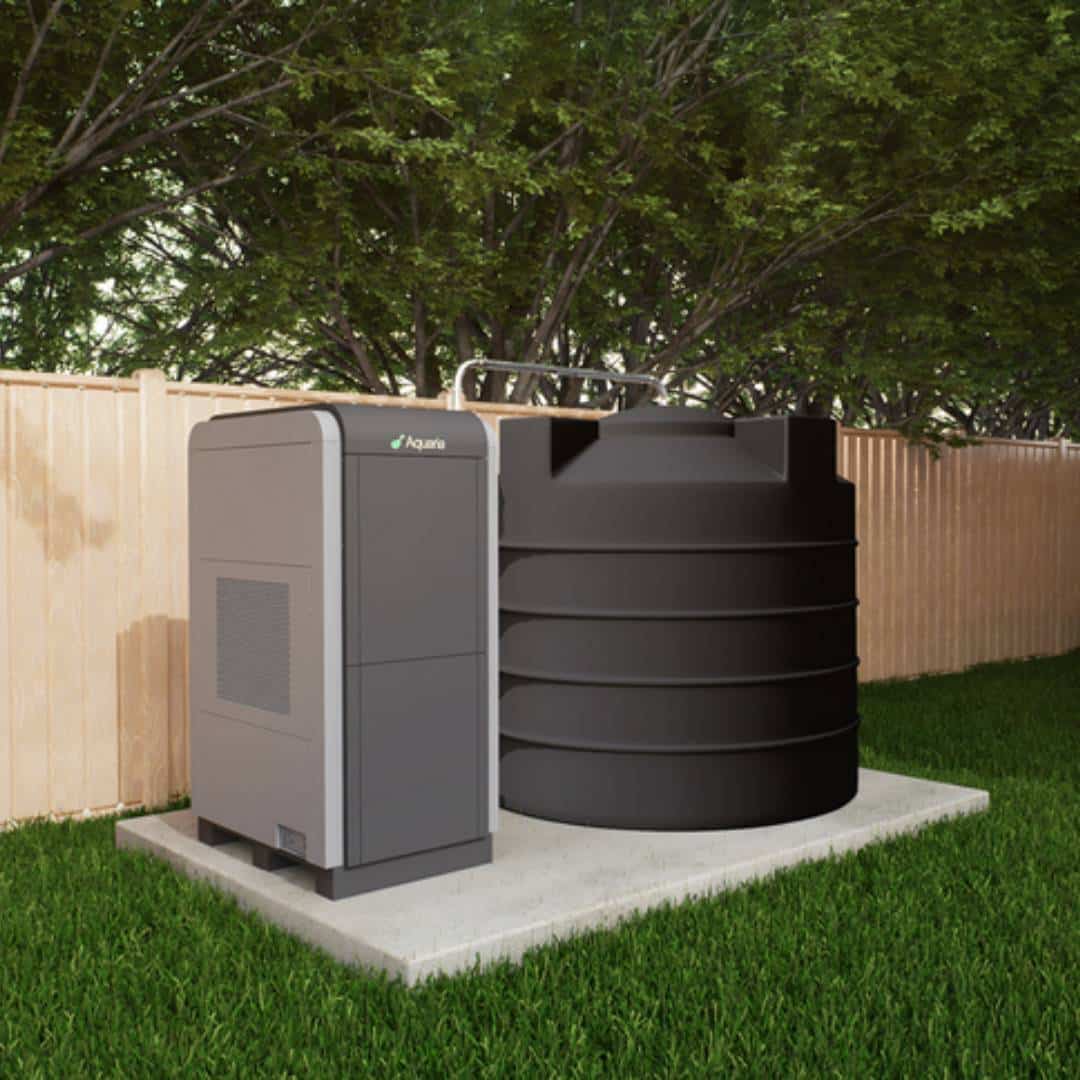Safeguarding Your Water Security Against Climate Change

Water security is an urgent and accelerating challenge in the United States, especially considering the impacts of climate change. As temperatures rise and weather patterns shift, we are experiencing more frequent and severe droughts, floods, and other extreme weather events.
This is especially true in Aquaria’s home state of California, where we have been hit with some of the worst drought conditions in the last century. Other parts of the southwest, like the Colorado River Basin, are also in critical conditions.
These changes are having significant impacts on water resources, making it harder for communities to meet their needs. We are focused on making atmospheric water harvesting a powerful new tool to build our climate and water resource resilience.
Addressing Water Security Challenges with Atmospheric Water Generator
The main way that climate change is affecting water security is by altering the availability of clean water resources. Many regions of the US are experiencing reduced rainfall and increased evaporation, leading to lower water levels in rivers, lakes, and groundwater aquifers. Simultaneously however, climate change is also contributing to a rise in ocean levels.
Along coastal communities, ocean water rising contaminates existing fresh water supplies. This means that brackish and salty contaminated water come out of what used to be fresh water taps and wells. As a result, even more work has to be done to create and access clean water.
In addition to changes in water availability, climate change is also affecting water quality. Warmer water temperatures create ideal breeding grounds for bacteria and pathogens. Changes in weather patterns increase the risk of water contamination from agricultural runoff and flooding.
This underscores the need for having multiple alternative and back up water options depending on the type of water challenge faced. This is why at Aquaria, we believe that water from air is a new frontier for safeguarding our water supply.
There are many questions to consider when planning for water security for you and your family. We’ve made a list to get you started:
- The first thing to consider is your total water needs per day. The average person needs 1 gallon per day for drinking and cooking (potable water), and 1-2 gallons a day for washing and hygiene (general use water). Families with elderly and young children may need more so plan accordingly!
- In order to secure your water, you need to store enough water for disruptions to your water supply. Typically, you should store a minimum of 5-7 days of water supply for each person in the household. However many people decide to store more depending on the type of different water resources available to them. According to the US Federal Emergency Management Agency (FEMA), a resilient citizen is defined as someone who is able to survive for more than 31 days in the event of a disruption.
- If the water source is offsite from the intended property, then transportation back to the property also needs to be taken into consideration. This might include having the proper type of vehicles to carry large water tanks. This problem is solved with Aquaria’s atmospheric water generators (Residential AWGs) since water is produced onsite. Nonetheless, this is an important consideration for alternative methods and water sources.
- Filtration and purification also need to be top of mind to maintain water quality for the intended usage (potable, general use, etc). This will depend on the method and source of collection including rainwater harvesting, natural sources like rivers or lakes, or using a water filtration system to purify water from a questionable source. The amount of filtration capacity will depend on the size of the tools used, filtration methods, the climate and more.
- Water security and energy security are inextricably linked. Many emergency water tools require electricity to power so preparations should also include how to access power in the case of an emergency and outage. Renewable power such as solar, energy storage in batteries and backup generators should all be considered!
Choosing The Best Option For Your Water Security
Ultimately, the issue of water security in the US and climate change are intertwined. To address the impacts of climate change on your water security, there are many types of tools from onsite water storage tanks to atmospheric water generation.
To ensure that all Americans have access to safe and reliable water, it is essential that we take action to address the impacts of climate change. It is essential that we invest in the infrastructure and technology that are necessary to secure our water resources. Subscribe to our newsletter to stay updated with the latest innovation of atmospheric water generation technology.

